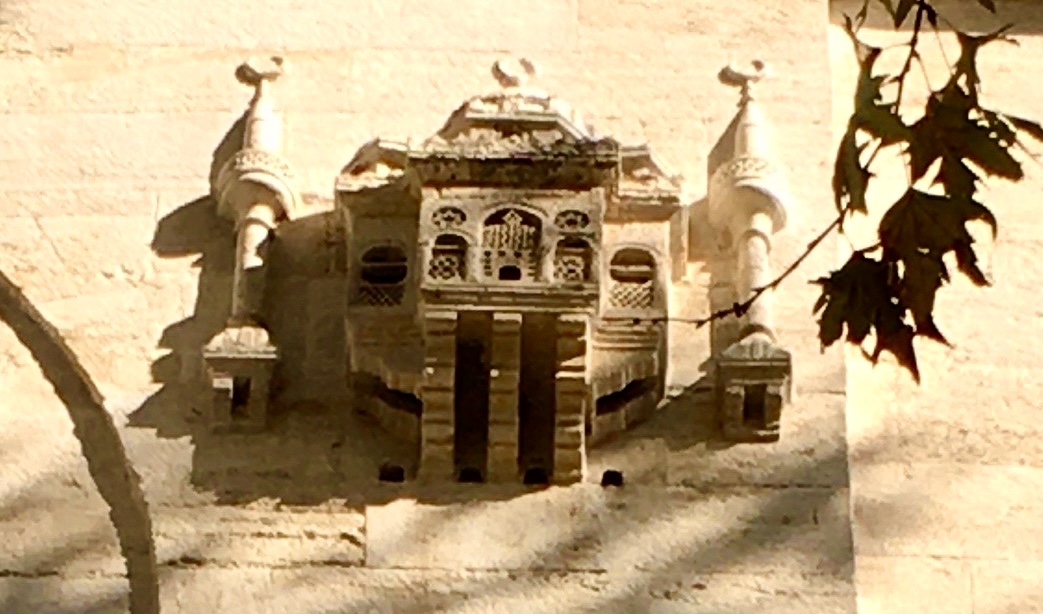The Ottomans were always kind and considerate towards the animals that they shared their environment with. The tradition of placing cups of water on hot summer days and food all year round for stray animals at street corners still continues in Istanbul. As you can easily observe, street cats and dogs are considered as an integral part of city life by Istanbulites. It is a known historical fact that official state attitude towards these animals have been varied throughout history. For example, in 1910 the stray dog population grew so much in Istanbul that it reached 80,000. The city administration’s solution was to catch and and send these dogs to the uninhabited Hayırsızada (a.k.a. Sivriada) which is part of the Princes’ Islands archipelago in the Marmara Sea. The consequences were dramatic as the dogs starved to death and their barks were heard from the city.
Birds, on the other hand, have always been treated kindly since Ottoman times both by the state and the public alike. For example, the Gurabahane-i Laklakan was an animal hospital inaugurated in the 19th century where injured migrating birds, especially storks were treated. However, the institution was neglected and eventually closed. It was reopened after a long time and still takes care of migrating birds.
One of the most common historical indications of traditional love and sympathy for birds are part of the historical Ottoman architecture. These are conventional bird houses that are sometimes also called bird pavilions, bird palaces, sparrow palaces or dovecotes. Bird houses were initially made of wood. The history of this kind of bird houses in Anatolia goes back to the 13th century, to the era of the reign of the Turkish Seljuk Empire. Being more easily perishable by the nature of their material, these bird houses naturally did not survive to this day. Stone bird houses started to appear as a part of Ottoman architecture in Istanbul starting from the 16th century and aesthetically reached a climax in the 18th century while wooden ones also co-existed in the city. Though currently non-existent, examples of the latter type can be traced in old works of art. For instance, a wooden bird house is clearly visible on the minaret of the Ulu Cami (mosque) in Antakya (a city in south-east Anatolia) on an engraving by the British artist William Henry Bartlett (1808-1854) who visited the city in 1843.
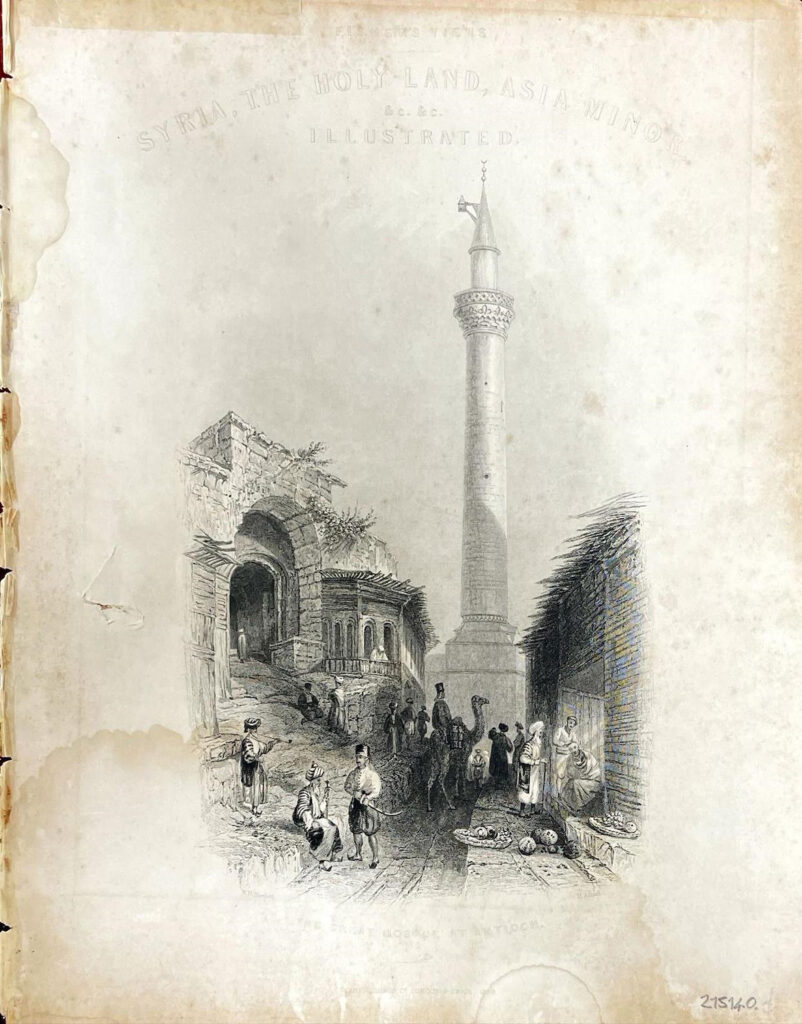
by William Henry Bartlett (1808-1854)
There is a wooden bird house attached to
the top of the minaret
Stone bird houses were built as a part of public buildings such as mosques, madrasas, mausoleums, fountains, pavilions and palaces. They were located under the eaves of roofs for protection from the rain and on the facades that would be least affected by the sun and the winds.
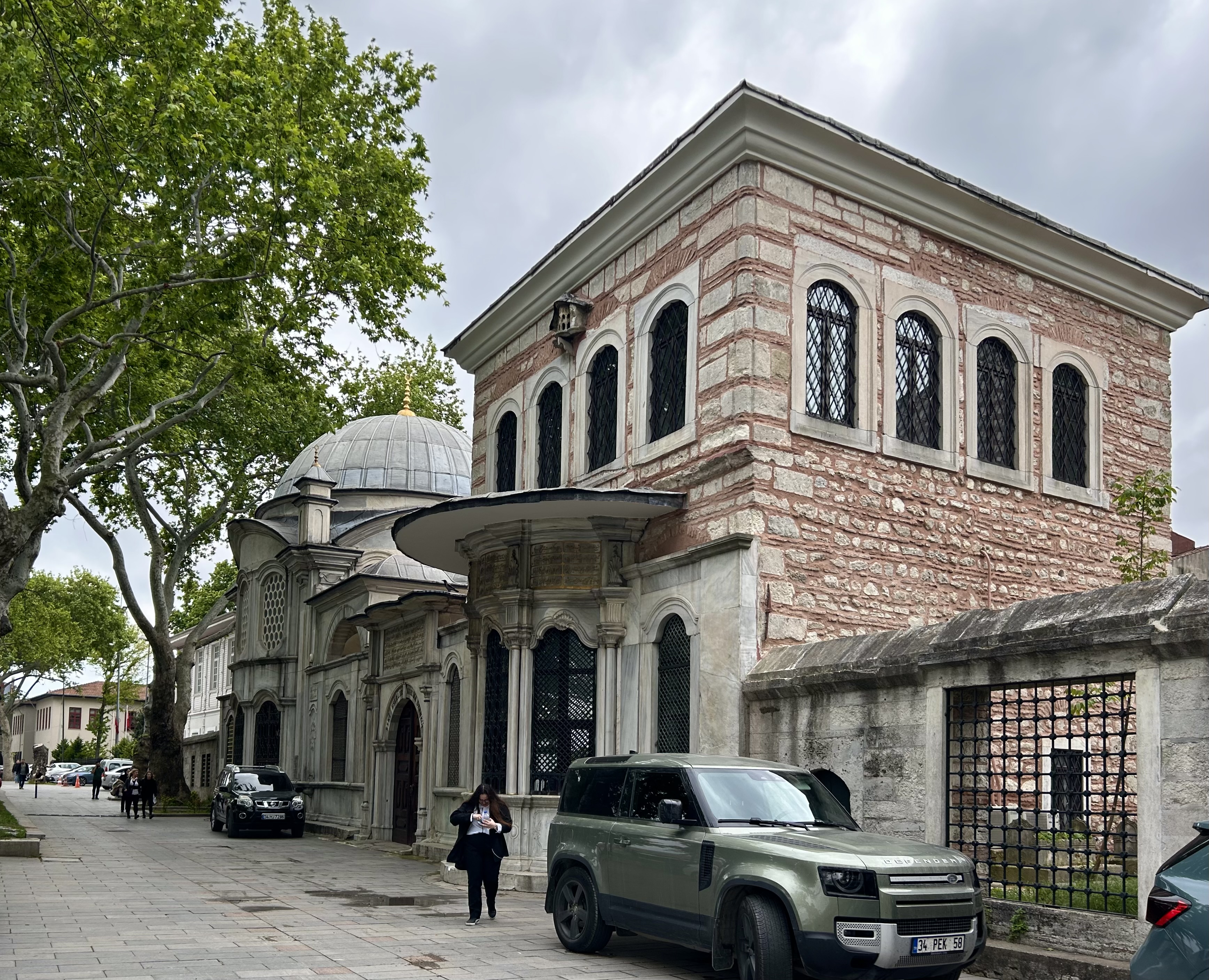
Built at the end of the 18th century, the complex includes the mausoleum of Şah Sultan, who was the sister of Sultan Selim III, a school and a sebil (fountain)
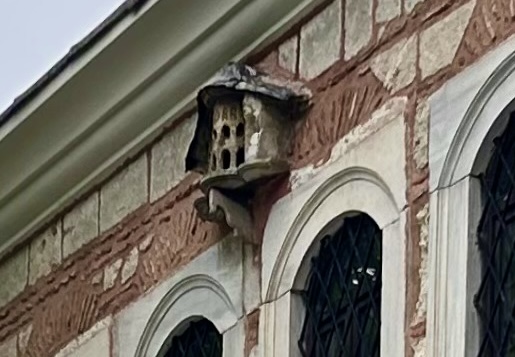
There were two different types of bird houses in Ottoman architecture. The first type were merely holes on the building façade that were big enough for birds to sojourn under protection. The second and the most attractive type were those that were designed as a structure such as a palace or a mosque and protruded from the wall. Sometimes they would be a miniature of the building they were attached to.
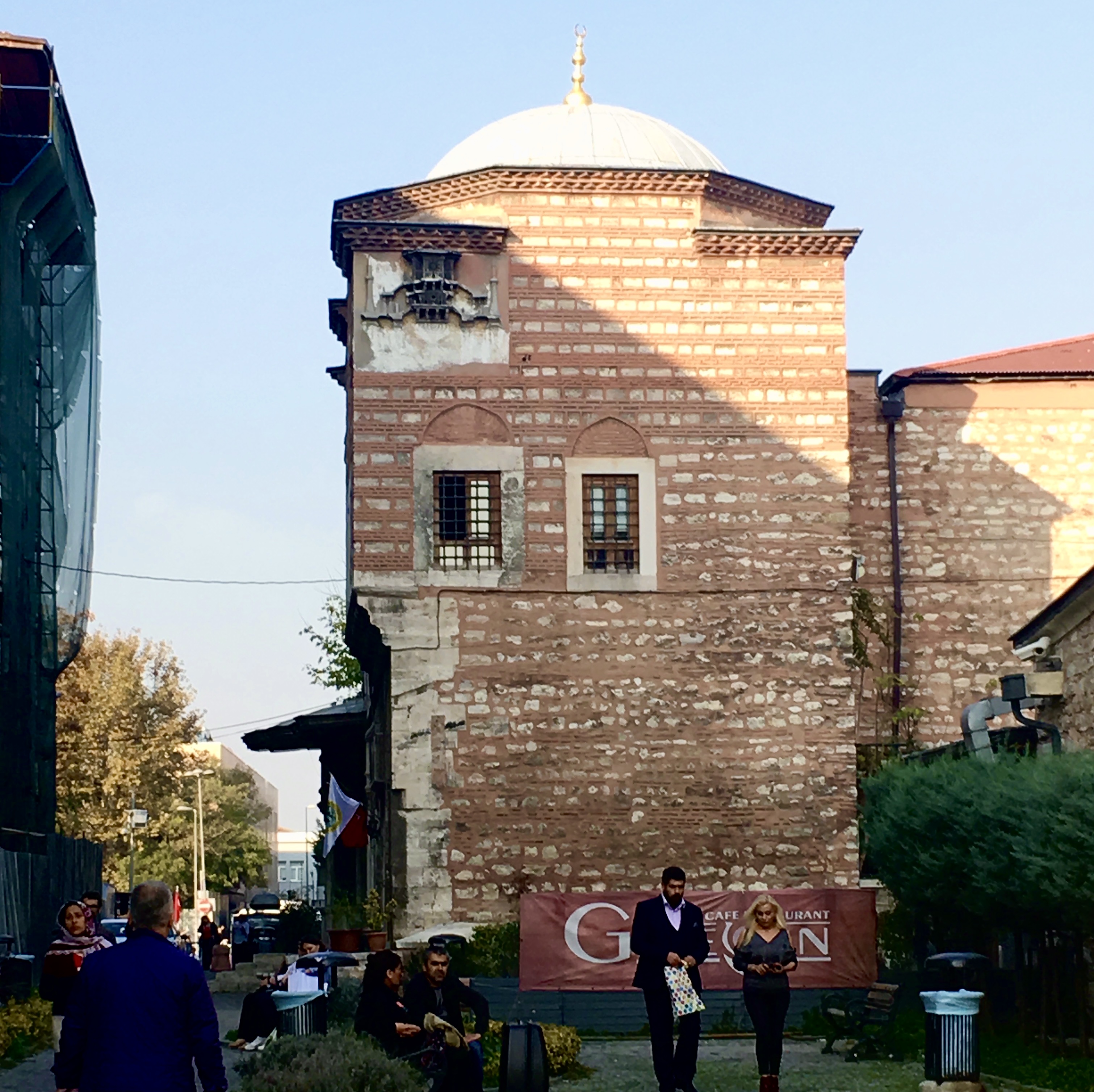
The Seyyid Hasan Paşa Madrasa (Balabanağa, Kimyager Derviş Paşa Sok. 34134 Fatih), next to the Bayezid II Turkish Bath Culture Museum, has a beautiful, palace-shaped, two-storey bird house under the eave of the roof on its south facing façade. The construction of the madrasa was completed in 1745.

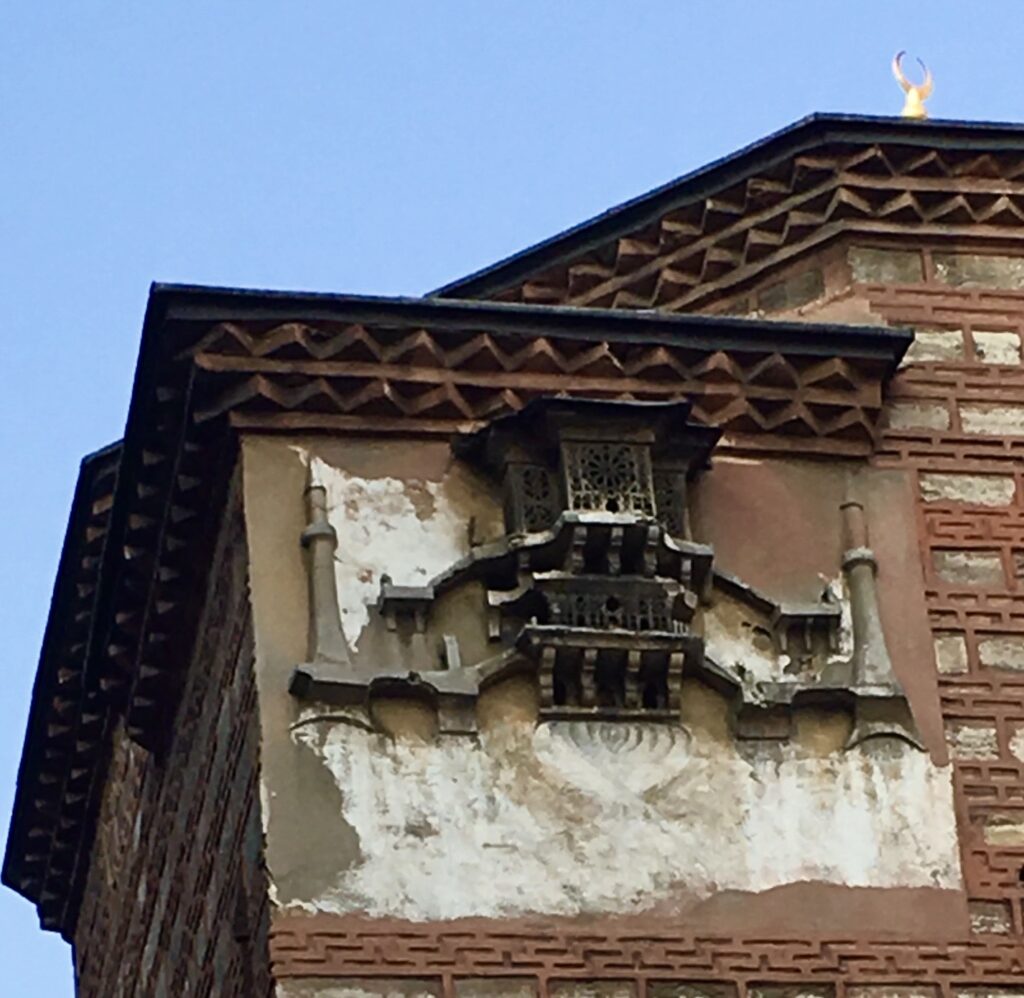
The Ottoman era mosques in Istanbul are full of different examples of bird houses. Some of the most beautiful ones can be seen on the walls of the Valide-i Cedid Mosque (a.k.a. Yeni Valide Mosque) in Üsküdar. The mosque was built between 1708-1710 by the order of Sultan Ahmed III for his mother Gülnüş Sultan.
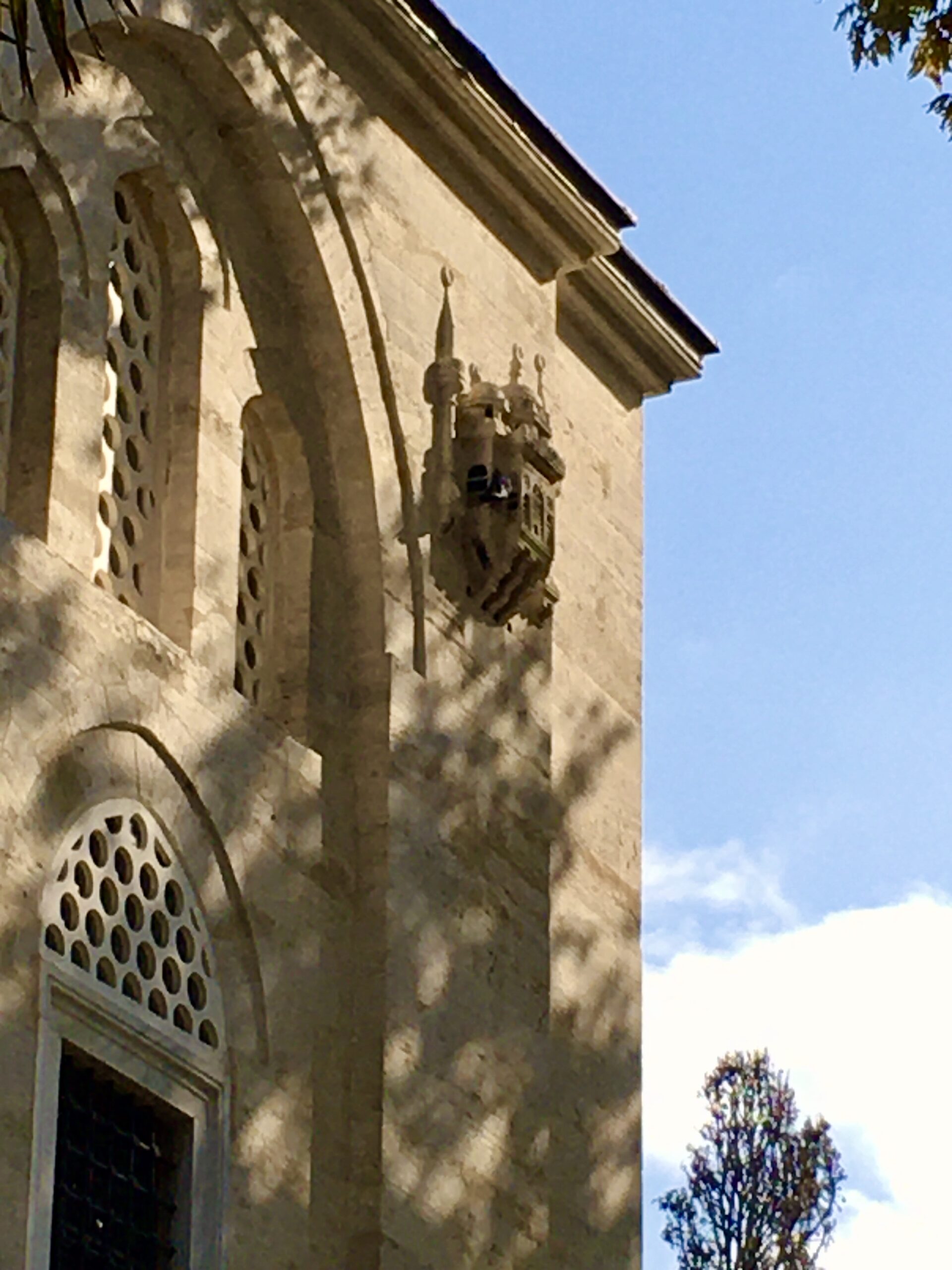
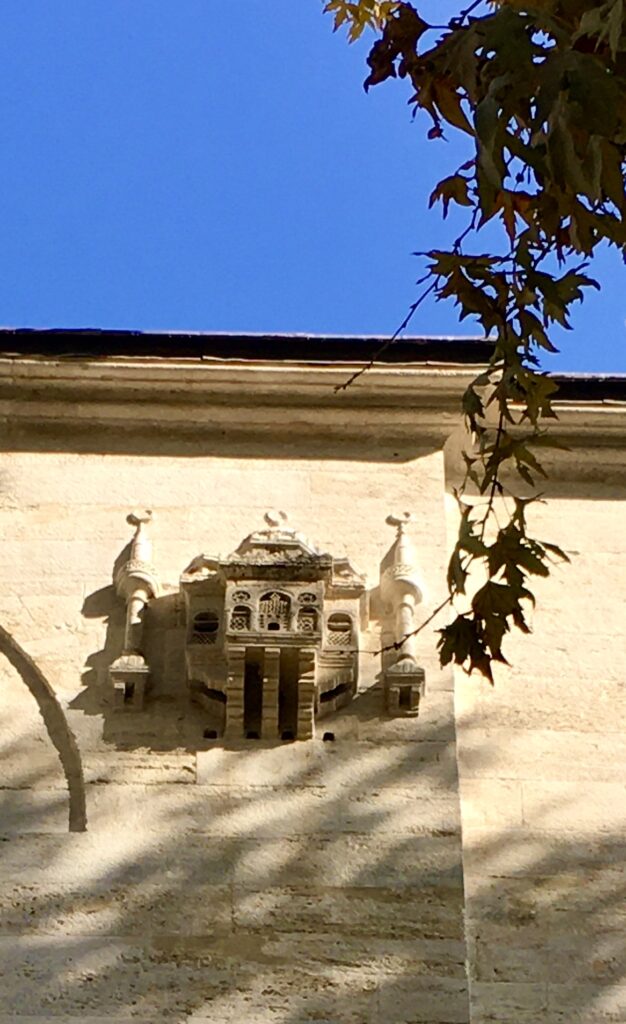
of the actual monument.
The Taksim Square takes its name from the water distribution centre between the square and the entrance to the İstiklal Avenue. Water that was brought by means of aqueducts from the Belgrade Forest in the north of the city (close to the Black Sea) was accumulated in a storage unit here. This unit was connected with pipes to an octagonal building called the Maksem from where the water was then distributed to different districts of Istanbul. You will see the building on your right, at the first street corner upon entering the İstiklal Avenue. The structure which was built between 1732-1733 has typical examples of 18th century bird houses on its façade.
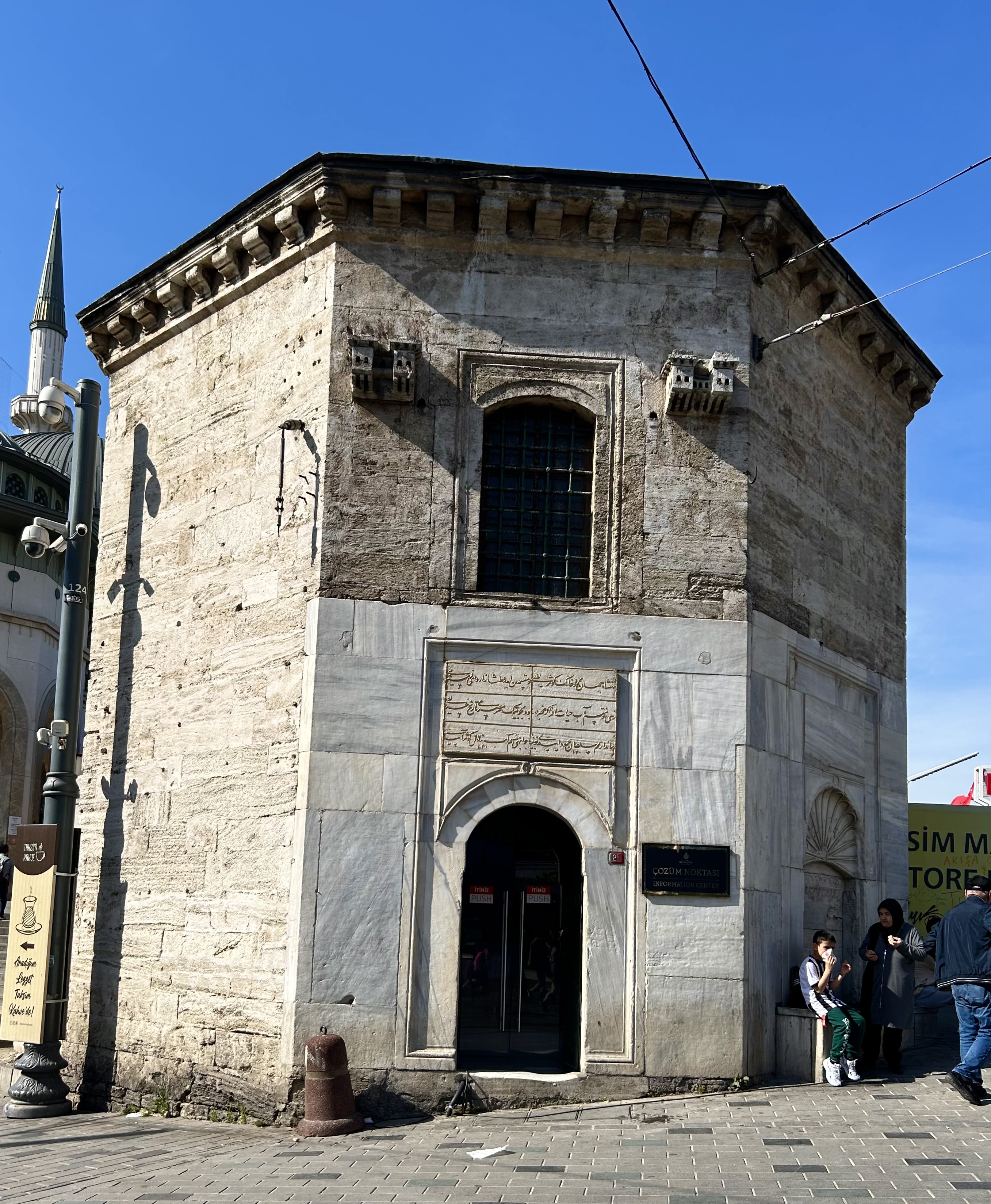
in Taksim and its bird houses
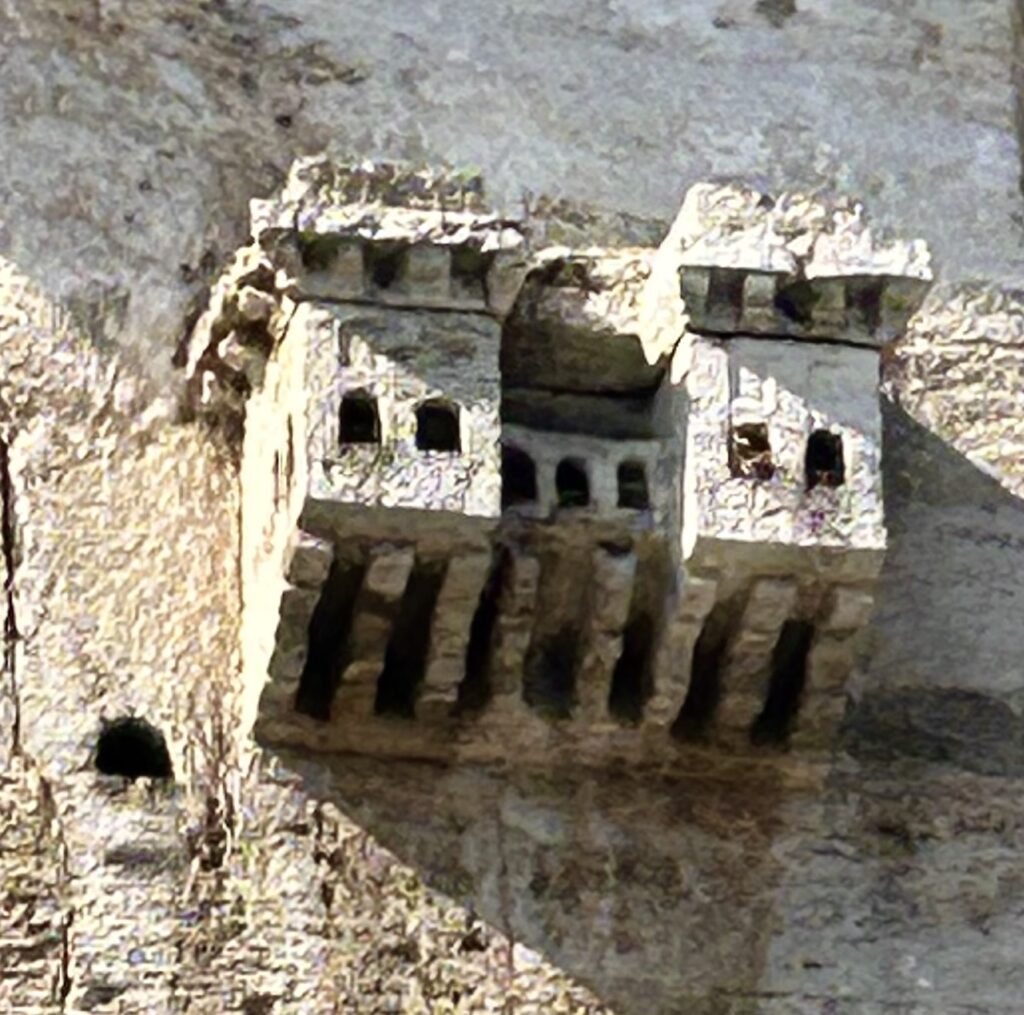
Ottoman bird houses on different kinds of historical monuments are scattered all over Istanbul. They are for you to discover while strolling through the streets of this amazing city.
